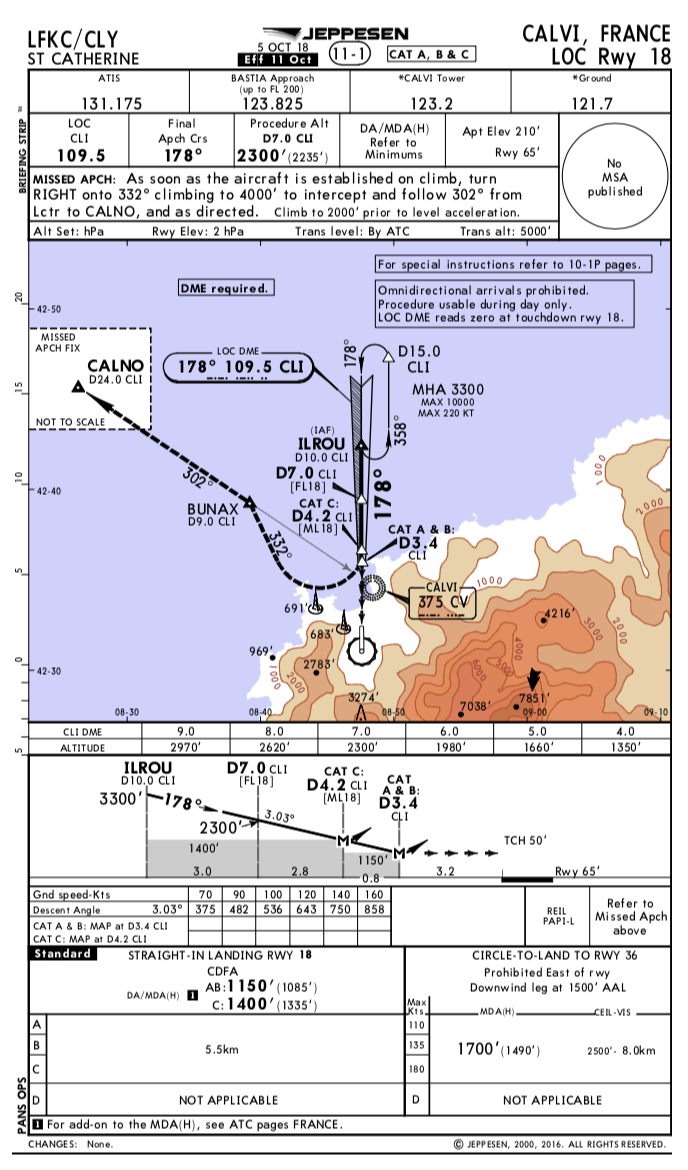The only approaches that certainly need WAAS are the LP and the LPV. The LNAV doesn’t need WAAS and the LNAV/VNAV, if it is a baro-VNAV, doesn’t need WAAS.
Baro VNAV: Yes; how else could you get the “glideslope” guidance? One cannot do this barometrically. Well, not down to anything like LPV minima, AFAICT.
In Gernany, the lowest minima for GPS approaches are achieved with baro VNAV. They don’t really trust LPV yet… And yes, baro VNAV is based on barometric altimetry and requires no WAAS capability, same as LNAV (http://www.icao.int/SAM/eDocuments/13PBN%20AC%2091-010%20APB%20Baro%20VNAV%20eng.pdf)
But As far as I know, the only approved baro VNAV installations are in airliners and high-end bizjets.
Newer models of the SR22 G5 have baro VNAV as well.
My understanding was that the new glass systems like the Aspen or the Gxx send baro-corrected altitude to the new GPS receivers.
My Avidyne IFDs perform differently whether you have a baro-corrected source or not. Thankfully, even without glass I was lucky enough to have a TAS1000 air data computer to which the Avidynes interface.
Rwy20 wrote:
Newer models of the SR22 G5 have baro VNAV as well.
Yes more recent G1000 software versions have baro-VNAV if the manufacturer has enabled it.
atmilatos wrote:
The acronyms are a mess since different authorities were writing about the same things at the same time but they were sitting on different tables.
The acronyms are a mess because different authorities wrote about them at different points in time. In the US, WAAS was available in 2003. Johnny come lately’s had to rename everything when ICAO got involved.
Hi, guys, nice to share these words with your community.
I work at ESSP, the current EGNOS service provider.
Just to let you know that there is a helpdesk open for this kind of questions at the EGNOS user support website (egnos-user-support.essp-sas.eu). You can write directly to [email protected] if you want.
Having said this, I’d like to complement on atmilatos post:
The only approaches that certainly need WAAS are the LP and the LPV. The LNAV doesn’t need WAAS and the LNAV/VNAV, if it is a baro-VNAV, doesn’t need WAAS.
In Europe EGNOS (not WAAS, which is the SBAS implementation in the US) is certainly needed for LP and LPV, although there are no LP implementations yet in Europe. LNAV does not use SBAS and the vertical guidance for LNAV/VNAV is barometric by default. However, there are some States which authorise EGNOS also as a source of vertical guidance for LNAV/VNAV approaches; this is the case of Germany, the Czech Republic, France and some airports in Norway. This does not mean that these countries do not go for LPV approaches; in fact, to answer what_next, there are many runway ends in Germany with LPV procedures published or planned. In France, for instance, there are over 100 LPVs. Please check the ESSP implementation map here. The lowest minima are achieved with LPV; besides, these approaches are not temperature-dependent and the minima can be in some cases as low as 200 ft (like ILS CAT I). More and more GA avionics suites are capable of both baro-VNAV and LPV approaches.
If you happen to be at the Aero Friedrichshafen fair today, you can talk with our EGNOS colleagues there (booth A4-114).
Cheers.
what_next wrote:
But As far as I know, the only approved baro VNAV installations are in airliners and high-end bizjets
Proline 21 in the CJ or the King Air will do Baro-VNAV
Hi :-). Bumping this old thread… as I am planning to fly into Calvi LFKC on the weekend.
so, if…
ESSP_support wrote:
The lowest minima are achieved with LPV; besides, these approaches are not temperature-dependent and the minima can be in some cases as low as 200 ft (like ILS CAT I). More and more GA avionics suites are capable of both baro-VNAV and LPV approaches.
then why does the LOC without the vertical guidance have a lower MDA(H) than the LPV?


I must admit the EGNOS thing blew me a little as well given there is also the Y RNAV without the EGNOS (you gain an impressive 30ft on the Minima)
A vertically guided approach has a single GP angle, so if there are obstacles close in to the threshold, the DA is adjusted upwards and backwards along the approach course so as to put the obstacle in the visual segment and to allow the missed approach from the higher DA to take into account sink thru and still avoid the obstacle. An NPA can simply pass the obstacle and step down to a lower altitude. If the final is clear of obstacles, then the LPV will generally be lower than an LNAV/VNAV which will be lower than an LNAV, but not always. The obstacle environment matters, including the missed approach path.
In the US, there would be no circling minimums on this approach using TERPS, as it requires that there be an LNAV straight in line of minima also charted on the procedure. So an RNAV approach with an LPV can have just a DA, but for the same procedure to provide LNAV circling minimums, there must be an LNAV straight in procedure. Also, in TERPS, with a minimum visibility of RVR 1500m, at the DA, it would not be possible to see the runway as it would be about 3.5 NM, so there would likely be a note to “Fly Visual 3.5 to Runway” and the minimum visibility would be 3 SM, Pilots could continue the approach without the runway in sight at the DA provided they had the prescribed visibility. These are some differences from PANS OPS.